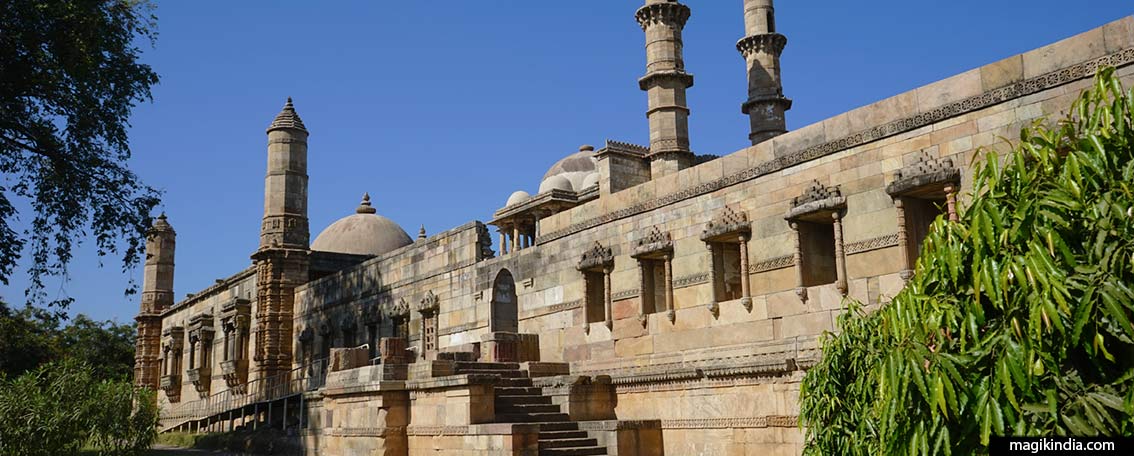
Champaner-Pavagadh, the ancient capital of Gujarat
 Champaner is a unique place, way out in the countryside, where you’ll find the vestiges of a town that was the capital of Gujarat state in the 15th century and a number of older archaeological remains. Much is still buried. Champaner is now listed as a World Heritage site. It is also one of the 51 Shakti Peethas, and the life of the place today is centred on Pavagadh Hill to which thousands of pilgrims flock each year to pay homage to the goddess Kali.
Champaner is a unique place, way out in the countryside, where you’ll find the vestiges of a town that was the capital of Gujarat state in the 15th century and a number of older archaeological remains. Much is still buried. Champaner is now listed as a World Heritage site. It is also one of the 51 Shakti Peethas, and the life of the place today is centred on Pavagadh Hill to which thousands of pilgrims flock each year to pay homage to the goddess Kali.
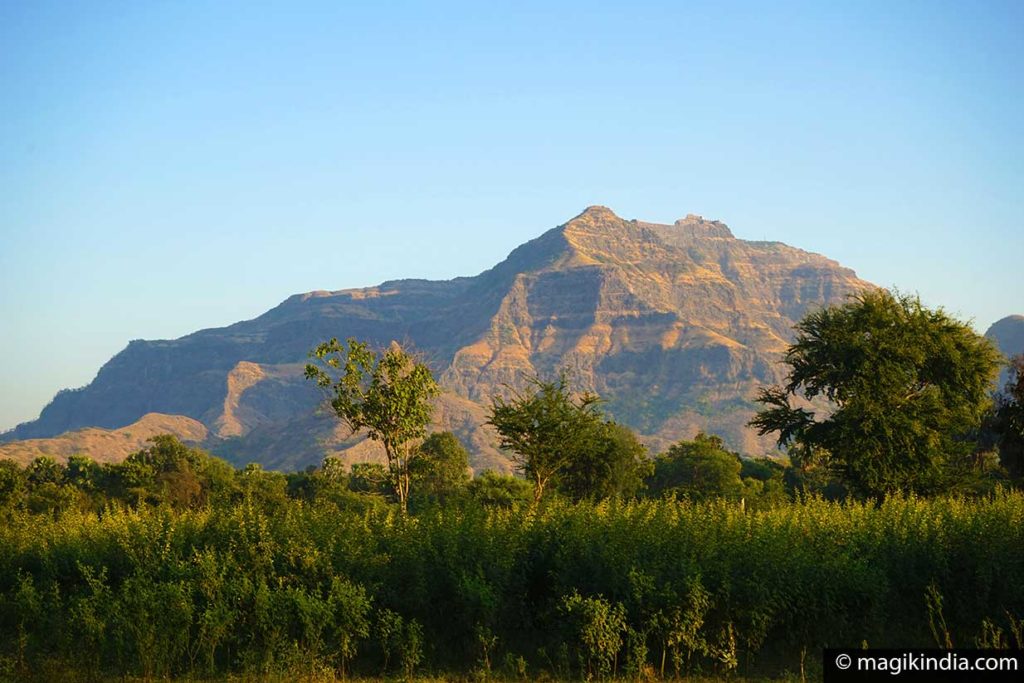
Archaeological remains show that this area was inhabited in prehistoric times, but it seems to have later been abandoned until around 400 CE.
In the 13th century the area was conquered by the Rajput king Khichi Chauhan, who had his first fortress on top of Pavagadh Hill. The kings of the Chauhan dynasty surrounded the hill’s intermediate plateau with fortifications. Temples on the hill are among the oldest vestiges.
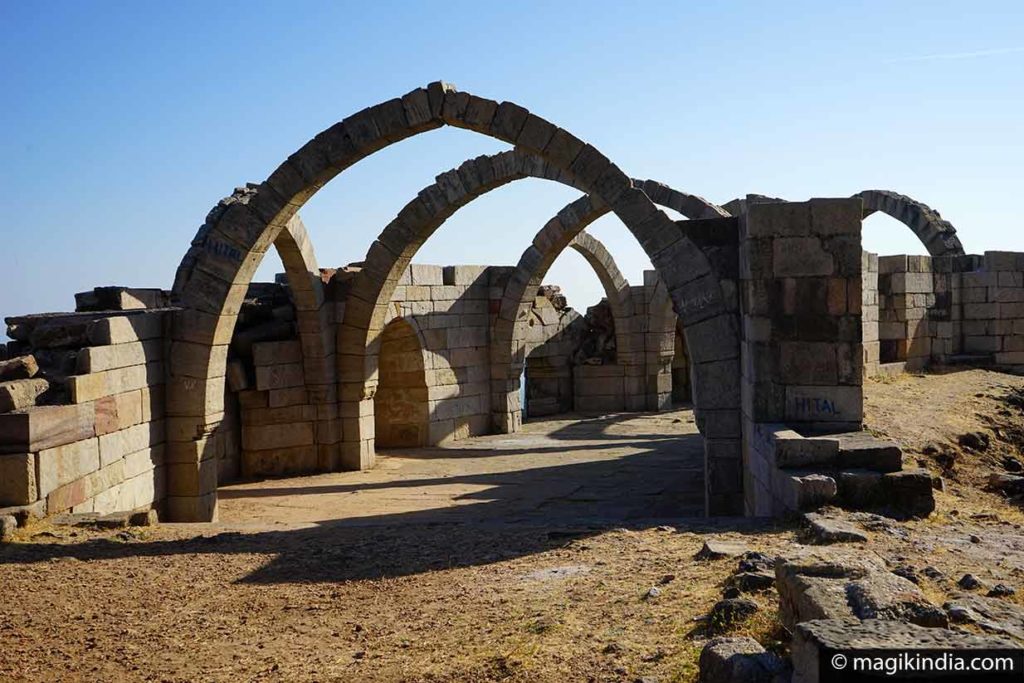
From 1484 Champaner was ruled by Turkish sovereigns. The town’s historic heyday began when Mahmud Begada decided to make it his capital. The new town was built at the foot of the hill and not on the hill itself like the earlier settlement. The architecture reflects Champaner’s status as capital and royal city.
Champaner remained the capital of Gujarat until 1536, when it was conquered by the Mughal emperor Hamayun, who moved the capital to Ahmedabad.
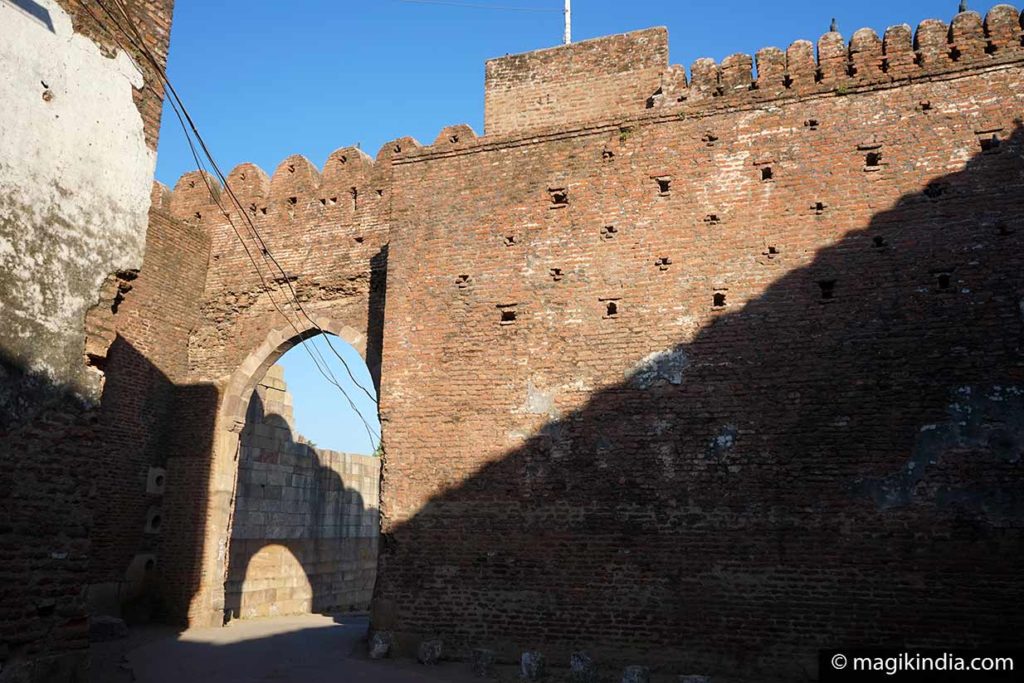
Champaner was then abandoned and there was no further significant period of building. Champaner is the only complete pre-Mughal Islamic town still in existence.
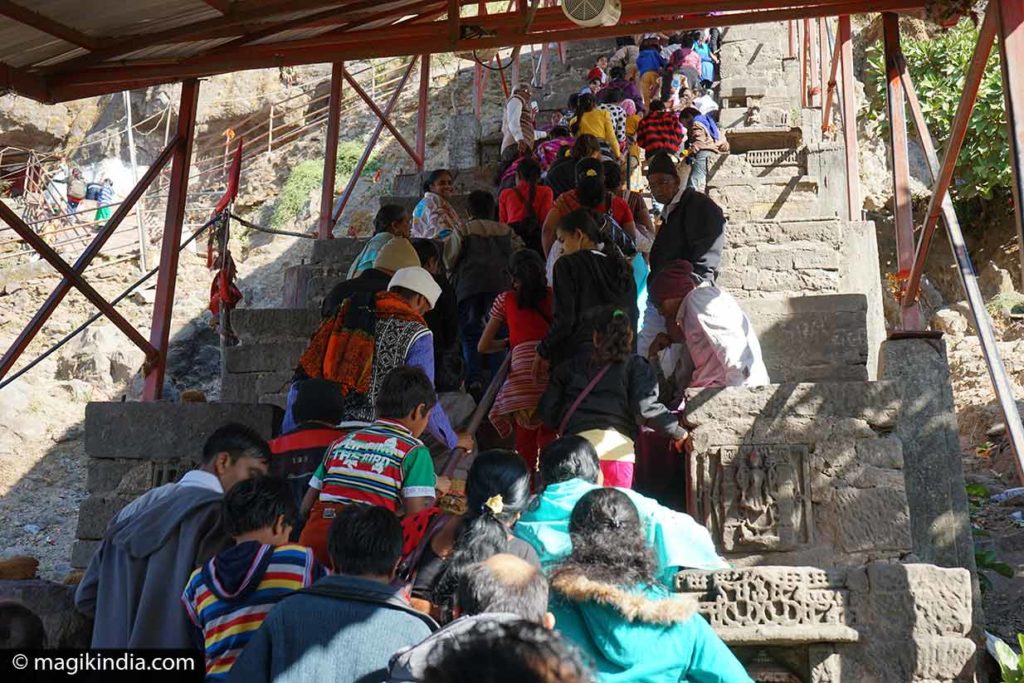
Today it is the town’s religious importance that keeps it alive. It attracts thousands of pilgrims and others who come for festivals and celebrations.
Champaner
Jama Masjid Mosque
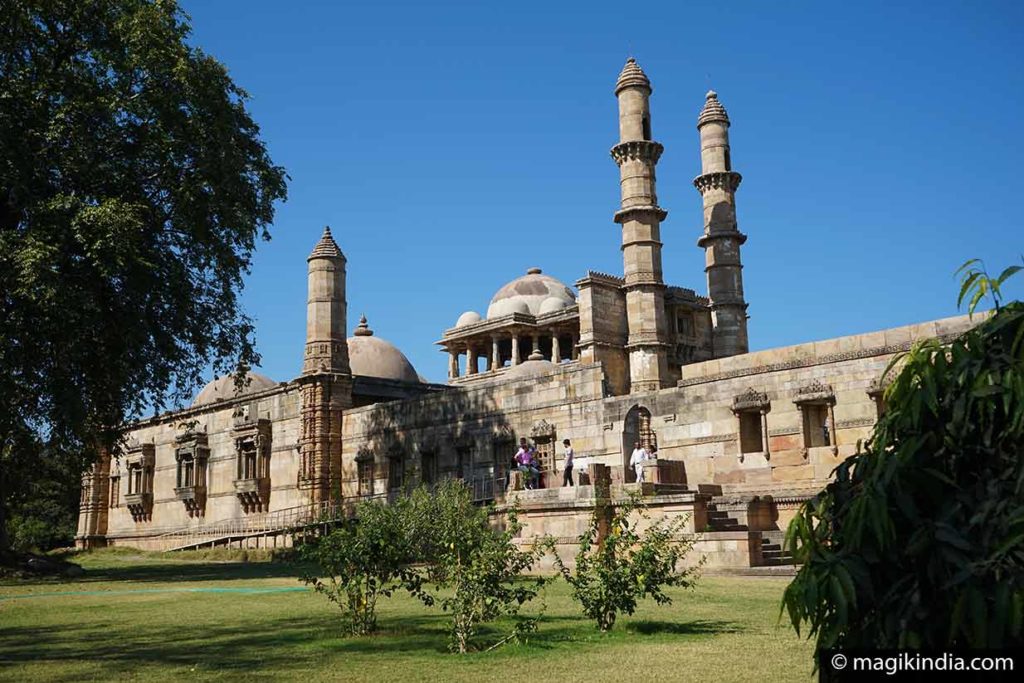
One of the finest mosques in Gujarat. Its construction has been dated to the late 15th century.
The mosque features an imposing minaret on either side of the entrance in the centre of the prayer hall.
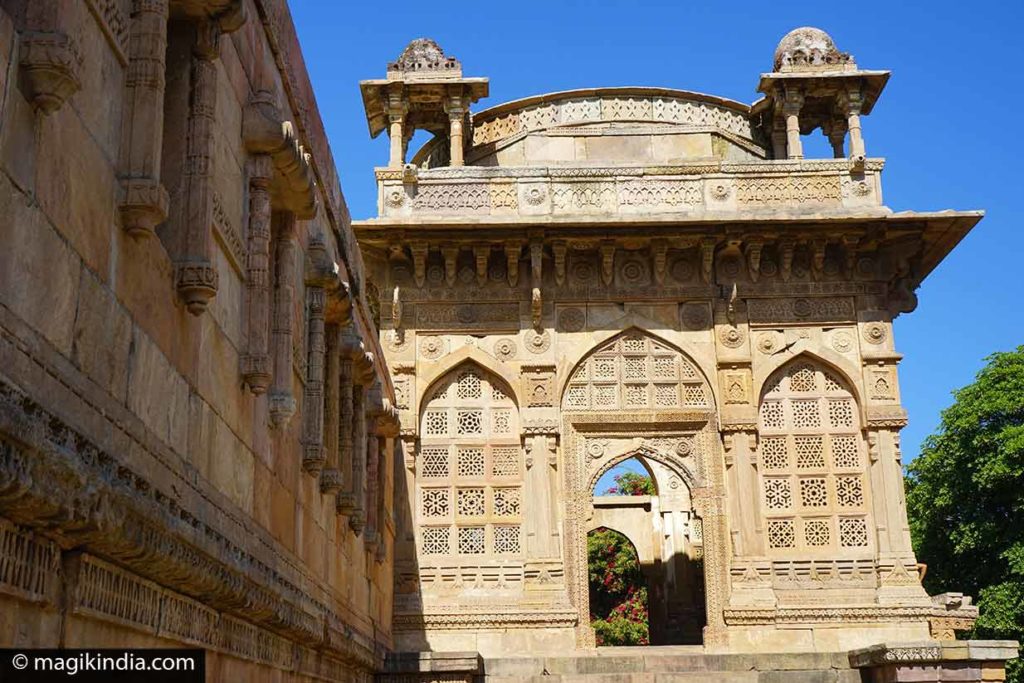
There are seven delicately carved mihrabs (niches) in the rear wall of the main prayer hall. The mosque has three entrance porches leading to a large courtyard; the east porch is particularly remarkable for the quality of the work in its jali (stone lattice).
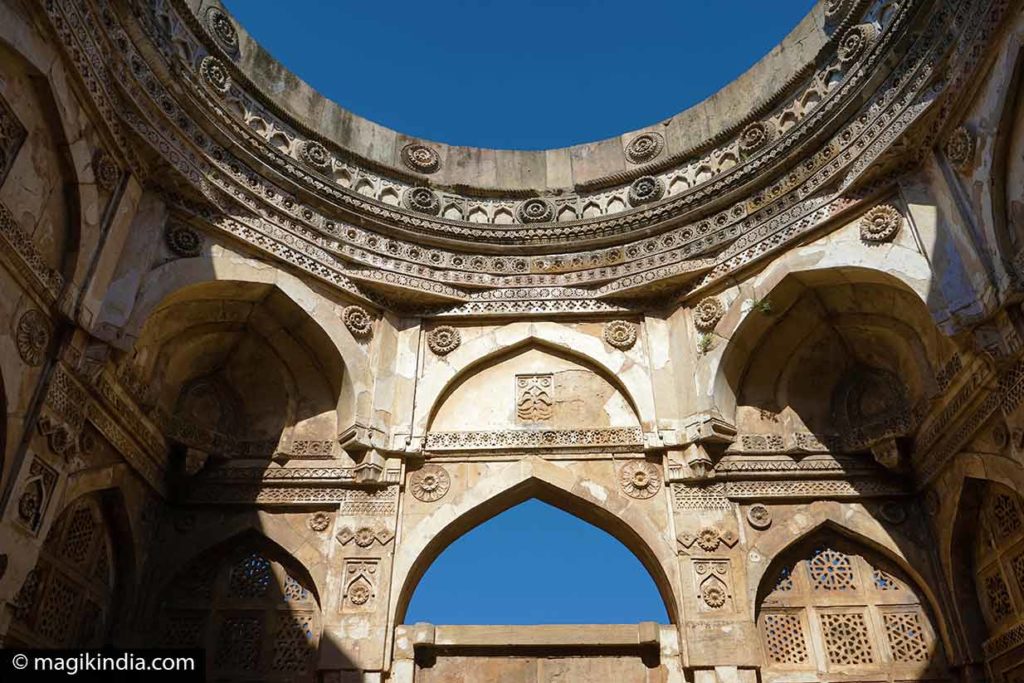
Saher ki Masjid Mosque
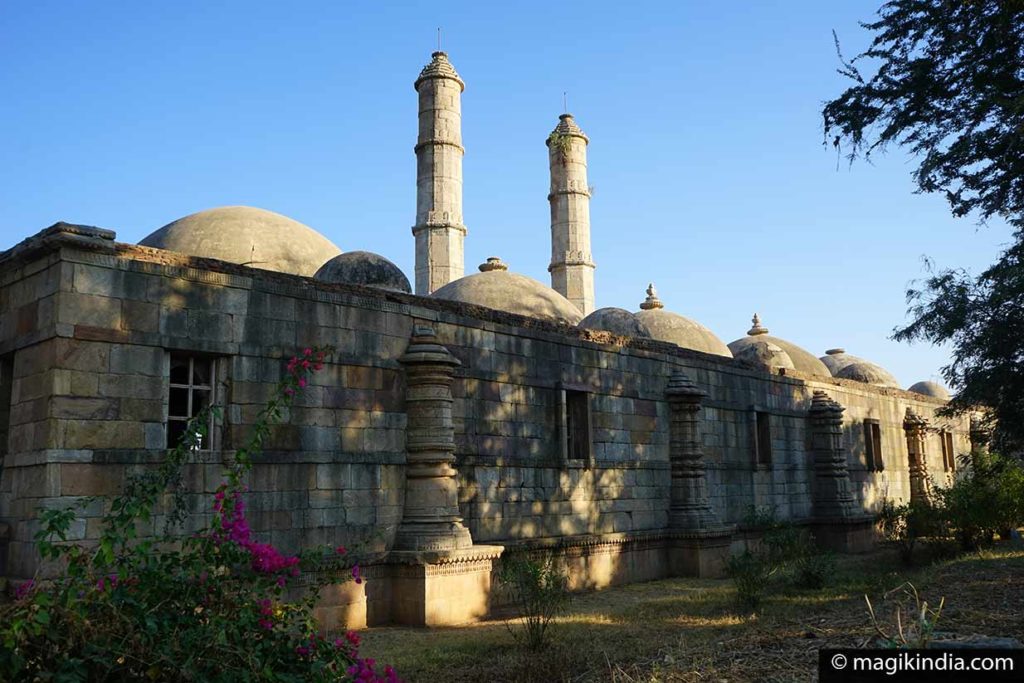
This elegant mosque, called the “city mosque”, dates from the 15th and 16th centuries. It was a private mosque built for the royal family and nobles of the Sultanate of Gujarat. It incorporates elements of both Indian and Islamic architectural styles.
Nevada Masjid Mosque
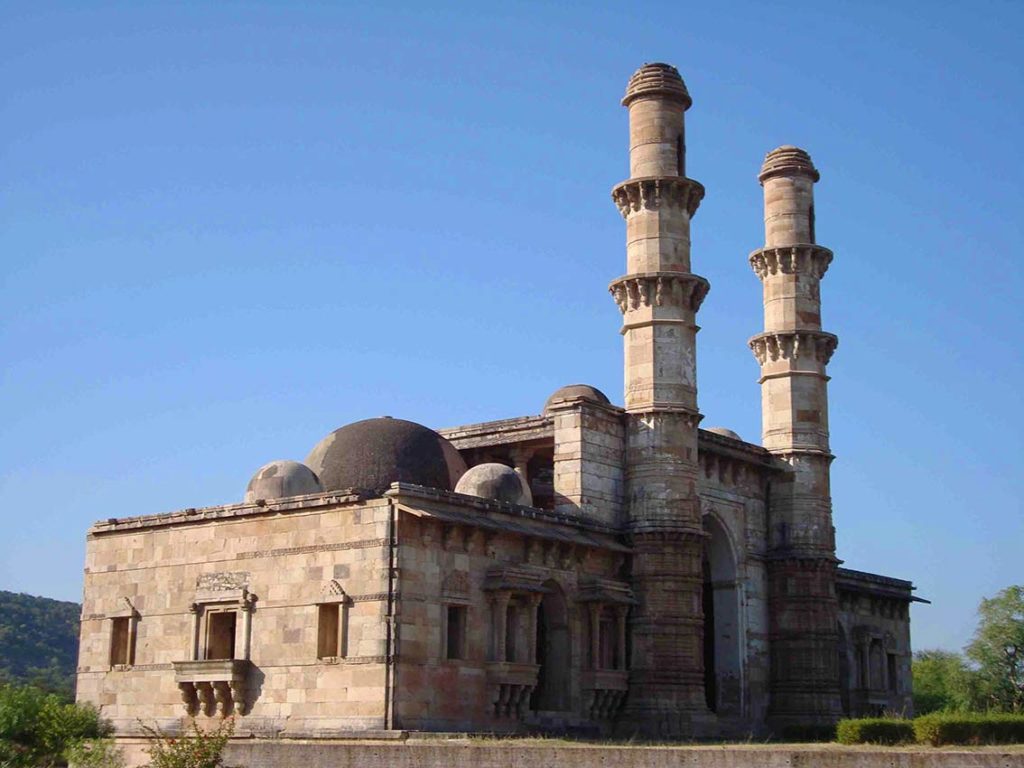
Kevda Masjid stands a short way behind Jama Masjid. Like the other mosques in Champaner it was built in the days of Mahmud Begada, but it differs from the rest in possessing a square mausoleum.
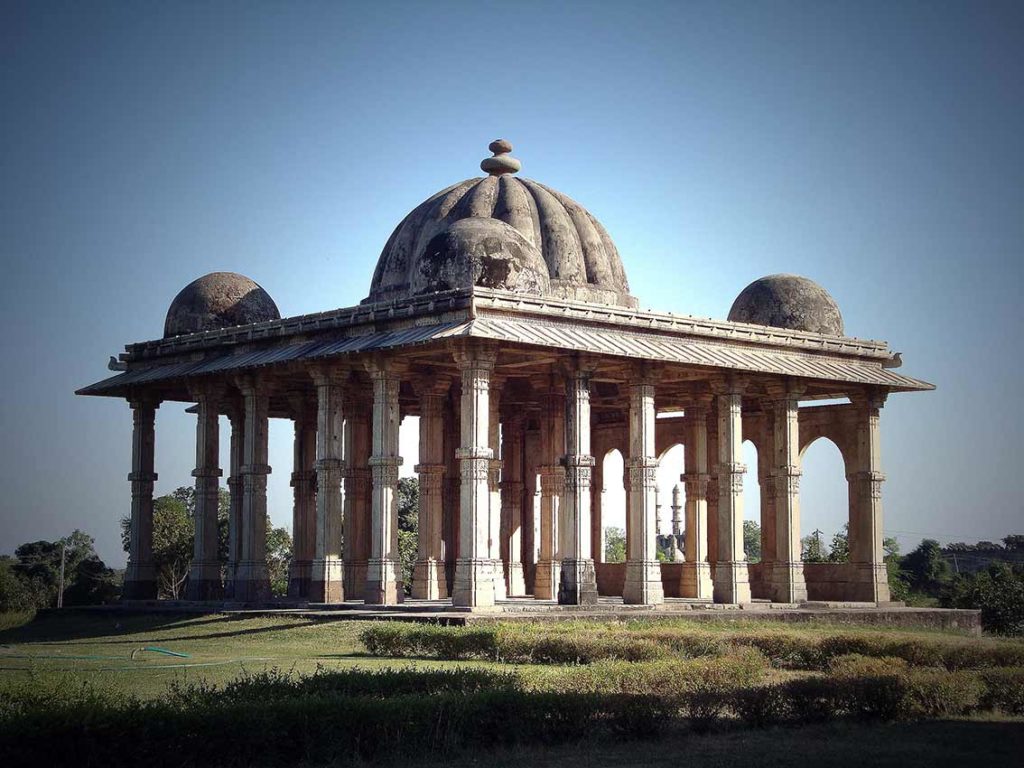
Kabutarkhana Pavilion
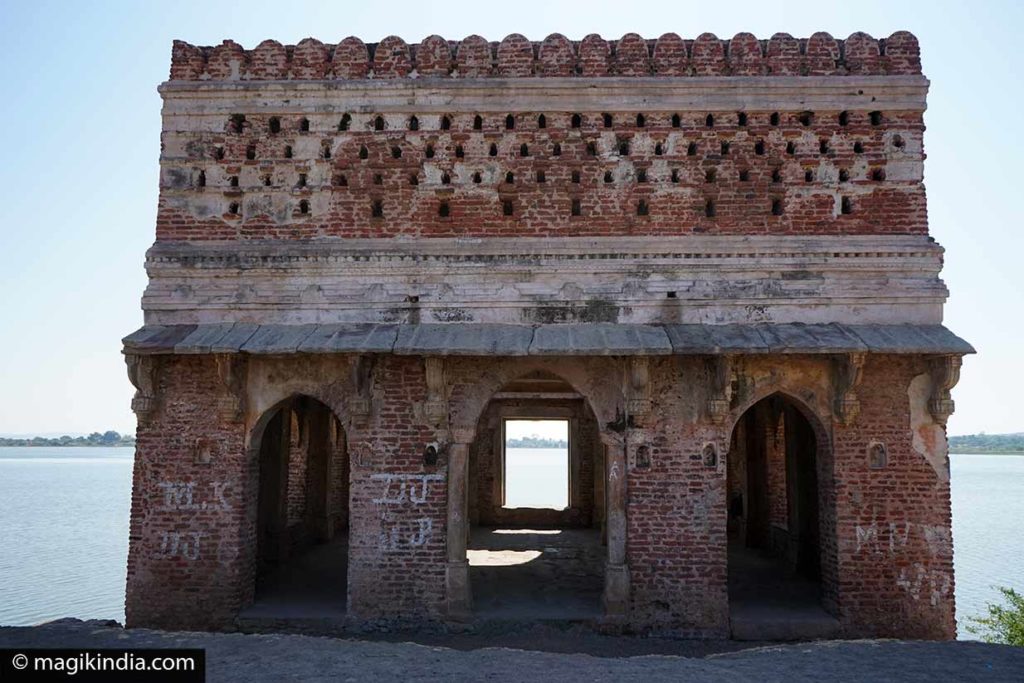
This pavilion and pigeon house on Lake Vada Talav, near the Khajuri Masjid, is built of brick and plastered with lime. It offers a fine view of Pavagadh Hill.
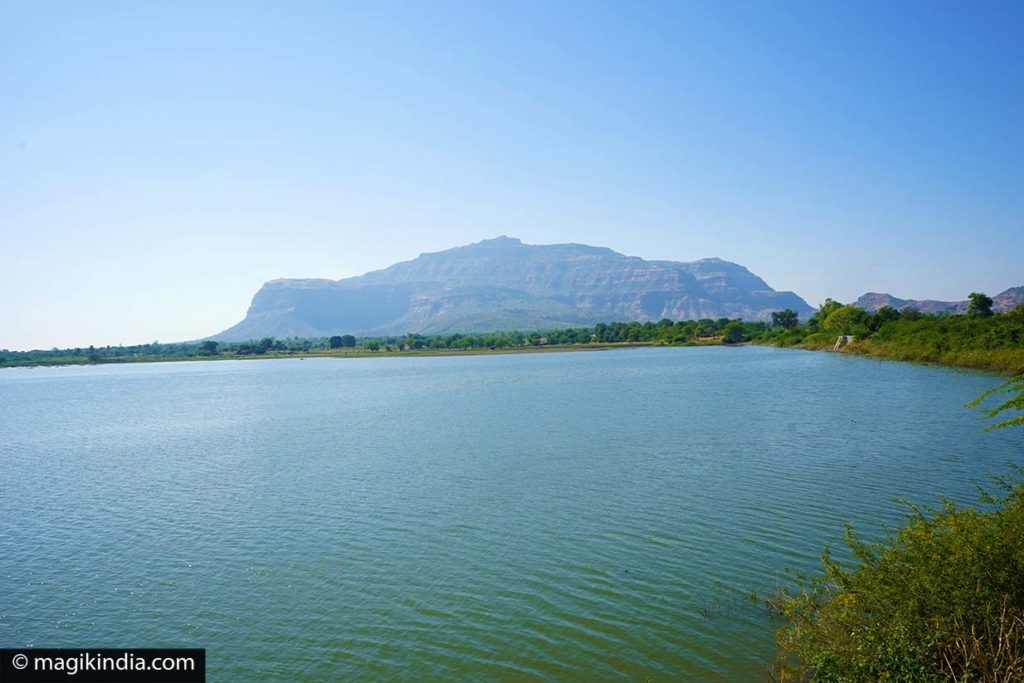
Pavagadh Hill
On Pavagadh Hill stands a famous Hindu fortress built under the Solanki kings of the Chauhan dynasty. To reach to top of the hill you can tackle the 5km walk or take the cable car.
Lakukisa temple
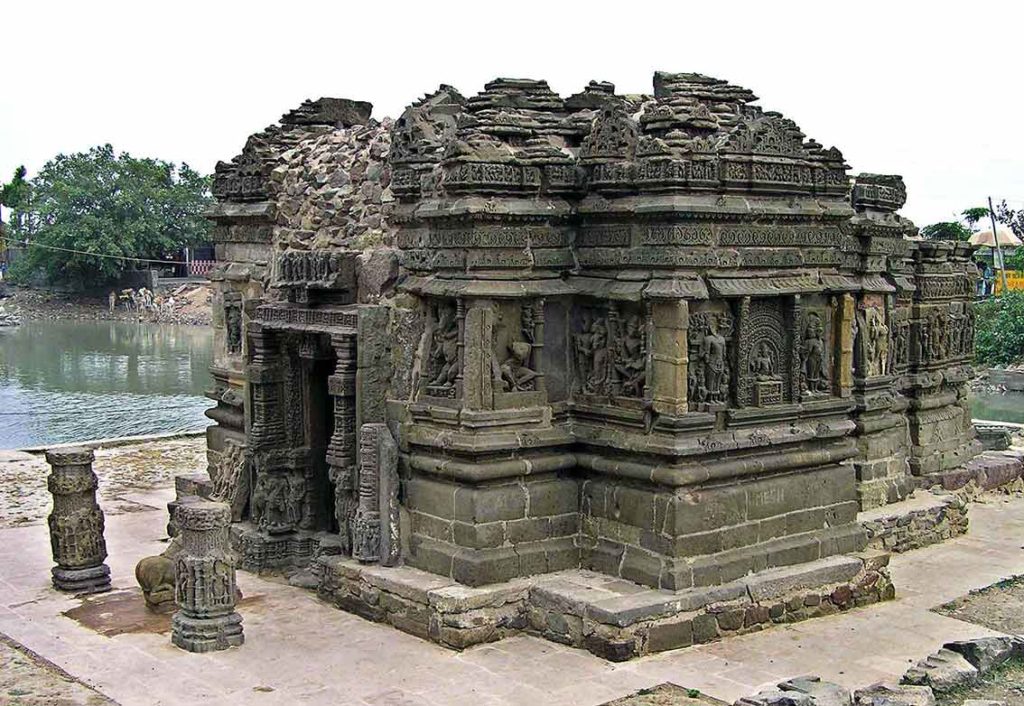
One of the most remarkable of the monuments on the Mauliya plateau is the earliest temple, dating from the 10th-11th centuries and dedicated to Lakulisa, an avatar of Shiva. Only parts of the temple are still standing; they are built in the Nagara style and decorated with sculptures of various deities.
Jains Temples
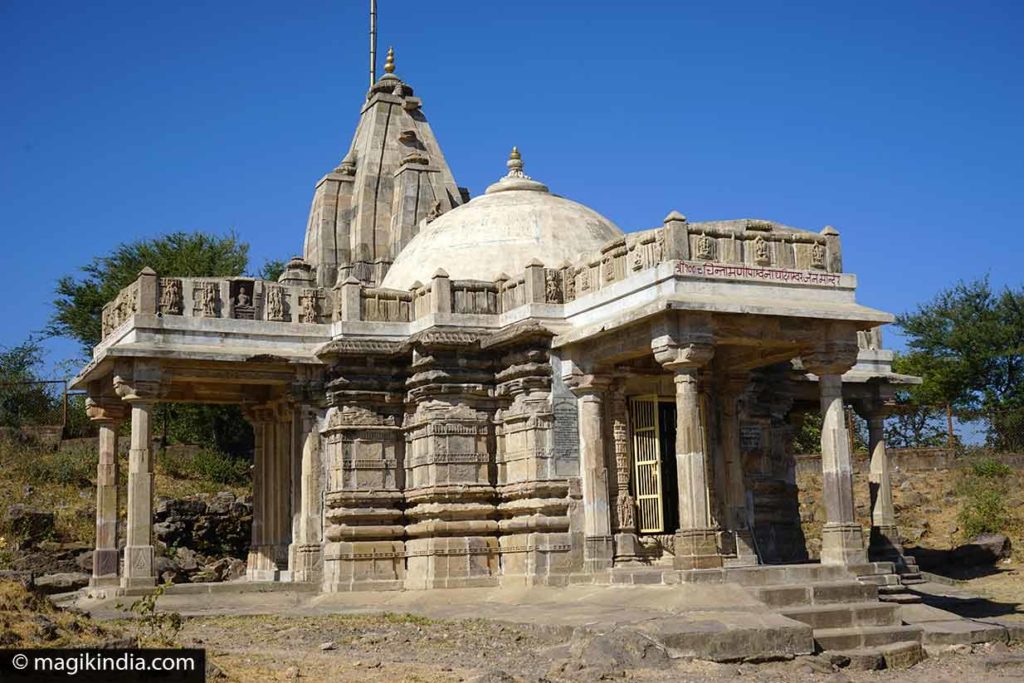
Also on the Mauliya plateau are a number of Jain temples in three groups. The first group, near the Naqqarkhana gate, are called Navalakka temples.
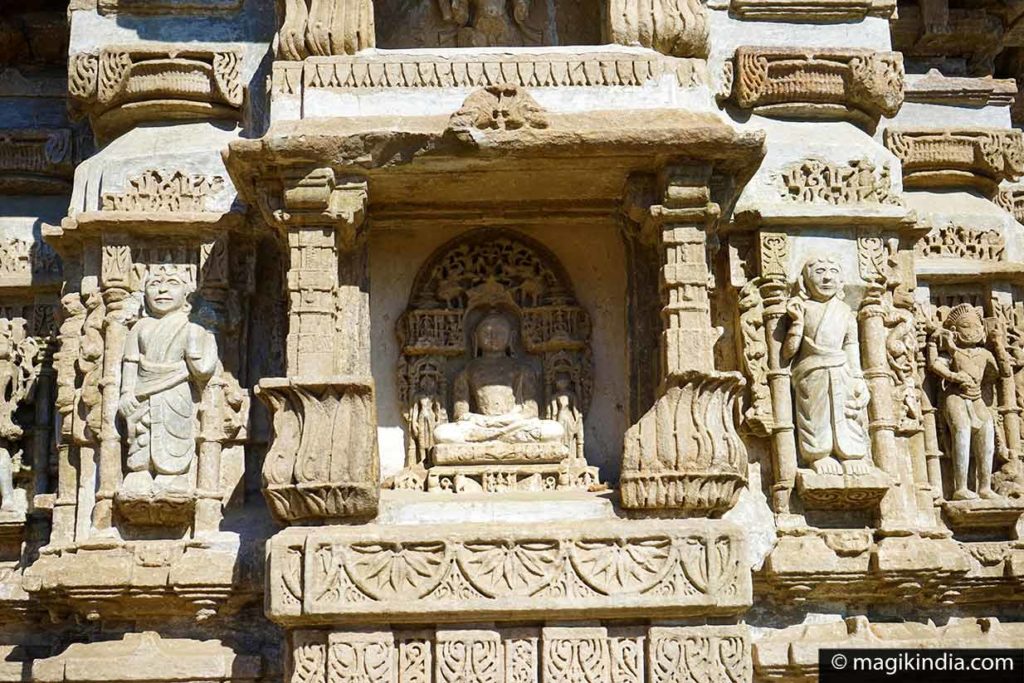
The temples of the second group are in honour of the Jain saints (Tirthankaras) Suparshvanath and Chandraprabha, and the third group look out to Lake Dudhia. These temples are thought to have been built in the 14th-15th centuries.
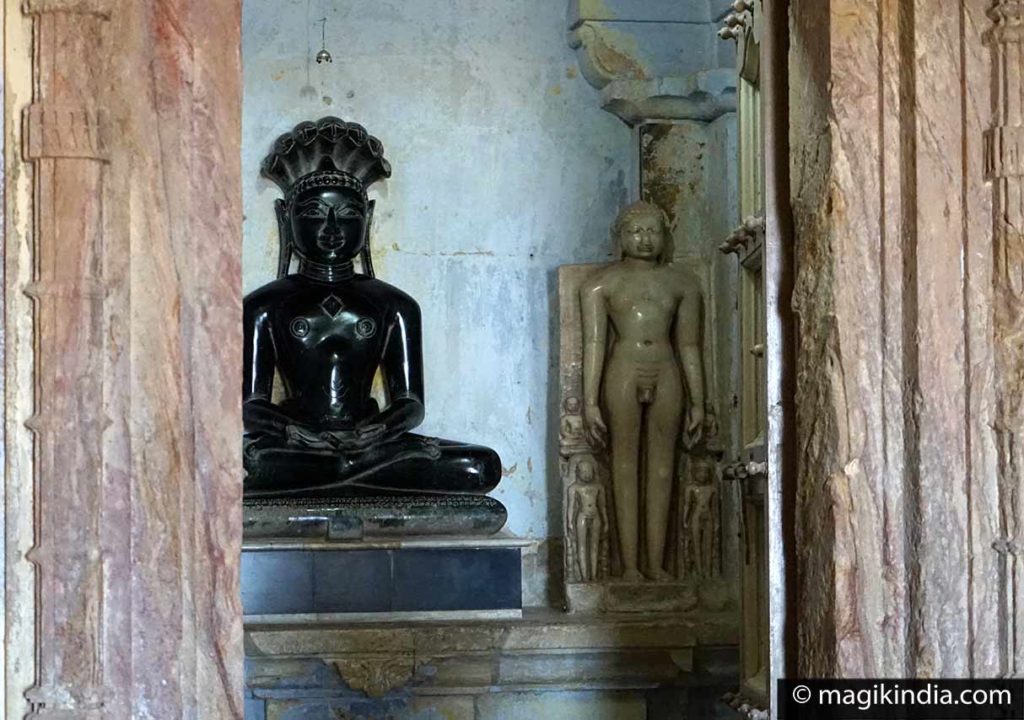
Navlakha Kothar
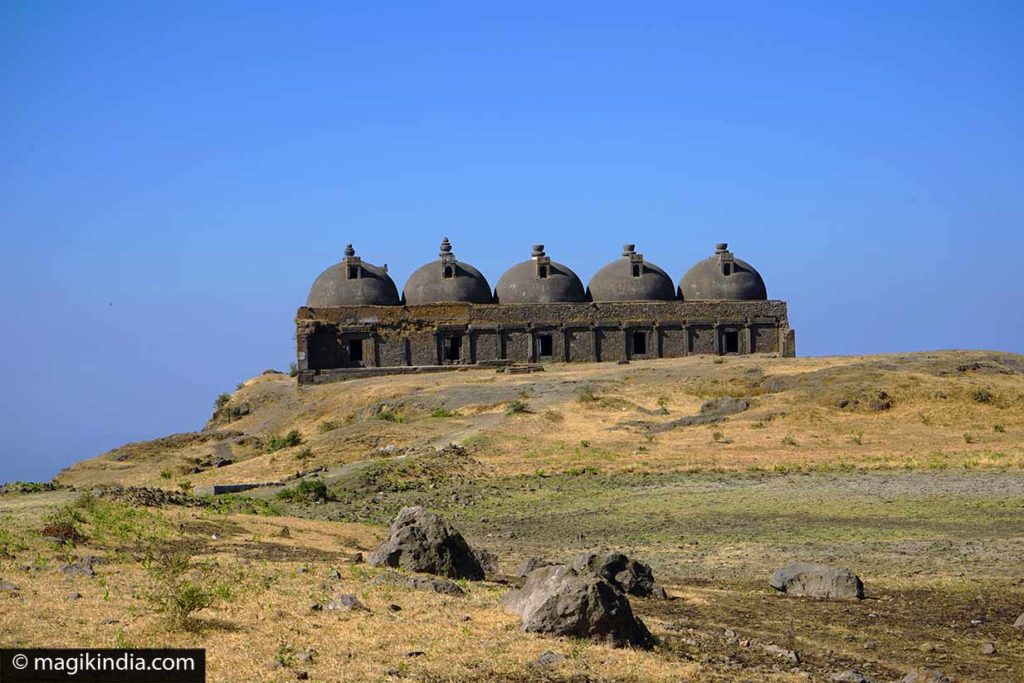
On the edge of a steep cliff below the plateau stand the ruins of the Navlakha Kothar, a brick structure topped domes. It was used to store grain for the old garrison.
Kalimata Temple
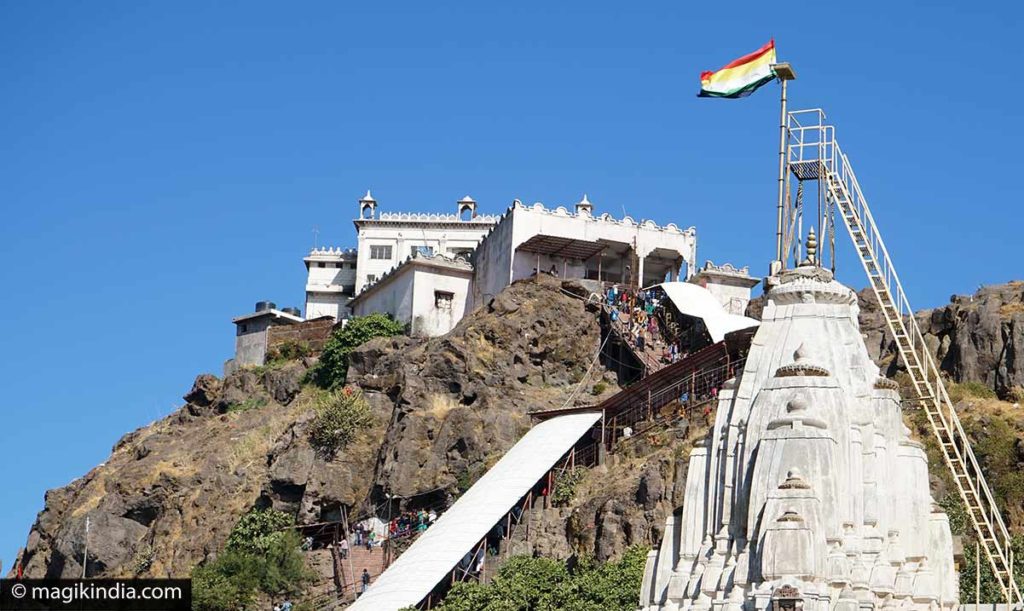
The most visited building is right at the top of Pavagadh Hill, 762m above sea level. This is the home of the Hindu goddess Kali. It is the region’s oldest temple, dating from the 10th-11th centuries. Hindu pilgrims came here long before Champaner developed, and they continued to come long after its decline and right up to today.

The Kalika Mata idol consists only of a red-painted head. There are also Mahakali idols and yantras (mystical diagrams) of the goddess Bahuchara. The temple is one of the 51 Shakti Peethas. According to the legend it is the place where Sati’s toe fell. It is a major place of pilgrimage and thousands of pilgrims flock here each year.
Jambughoda Reserve (26km)
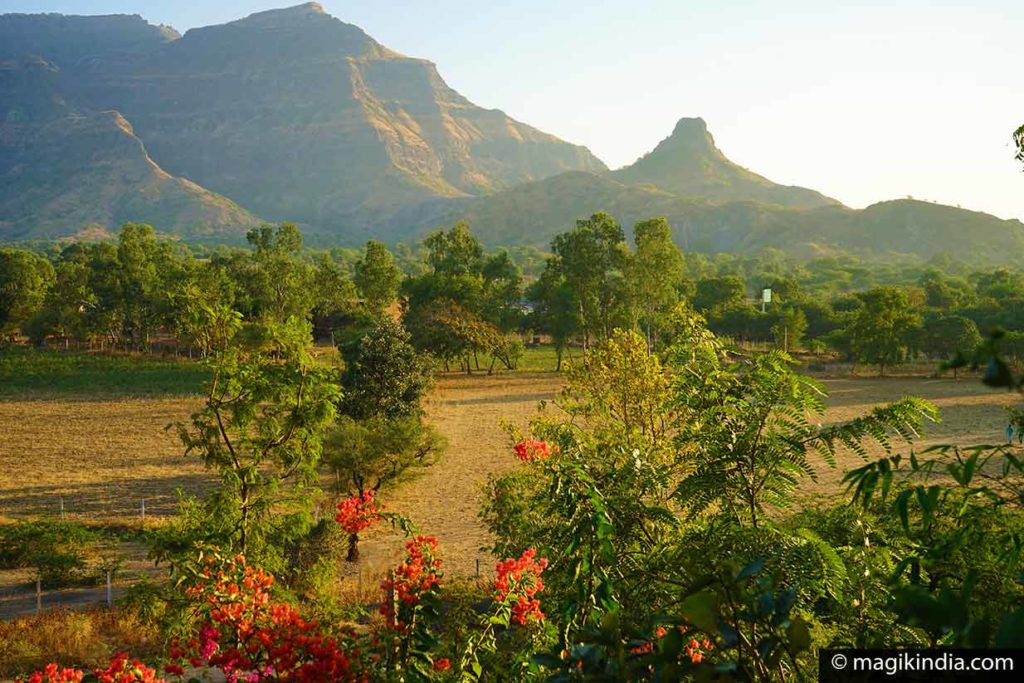
The 130km2 Jambughoda nature reserve was created in 1990 on the orders of India’s former Prime Minister Rajiv Gandhi.
Most of the forest canopy is formed by teak, bamboo and mahuda (butter tree).
Apart from the highly elusive panthers and four-horned antelopes the inhabitants of the reserve include nilgai antelopes, jackals and sloth bears.
Waterfalls and Hathni Mata Temple (30km)
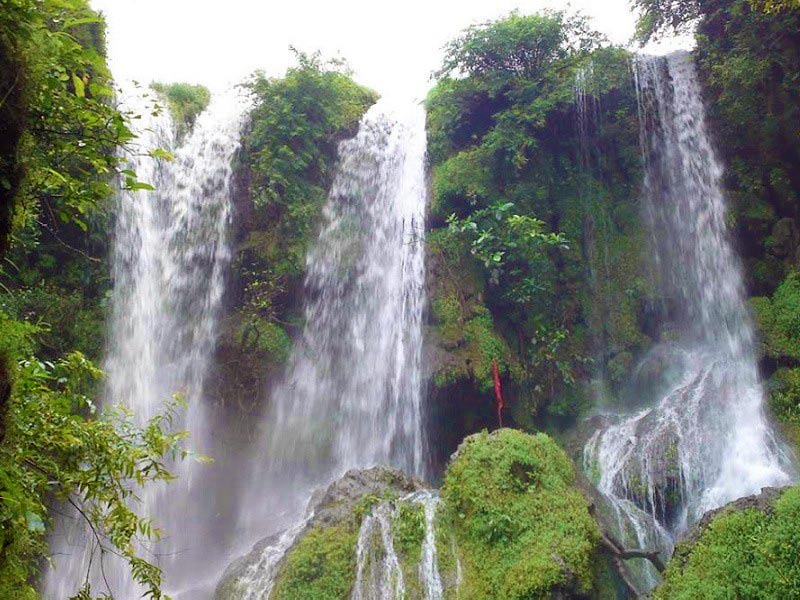
The Hathni Mata falls are hidden way in the area’s luxuriant vegetation 12km from the Jambughoda reserve and 30km from Champaner.
It is reached along small, winding lanes through splendid countryside. Hathni is Hindi for “female elephant”.
The place acquired this name because the falls start from a grotto in which there is a rock in the shape of a seated elephant. The falls flow during and just after the monsoon, but the place is worth a look even when the falls are dry.
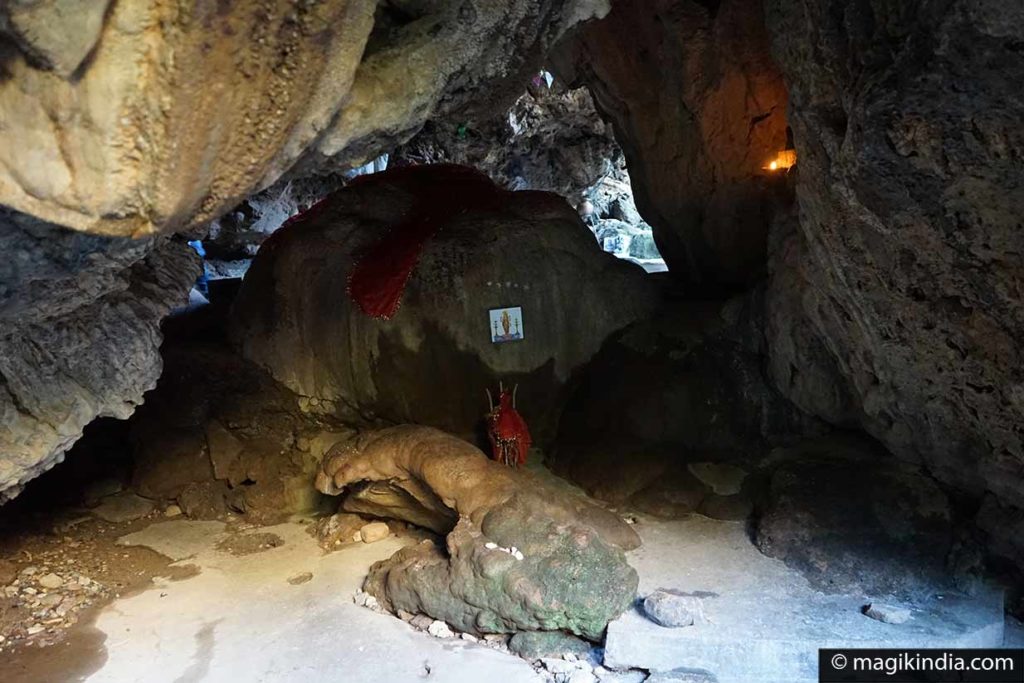

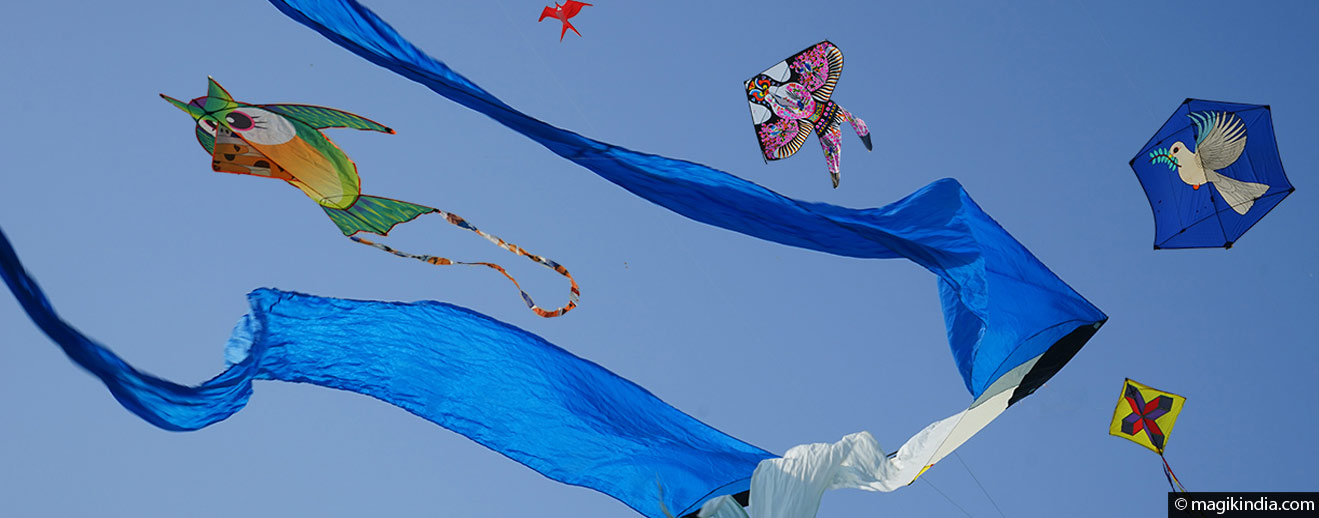
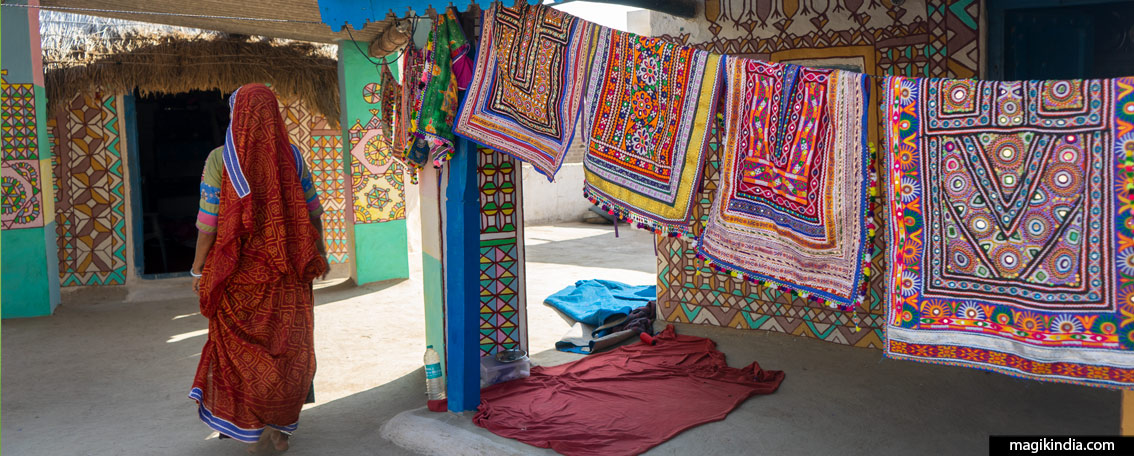
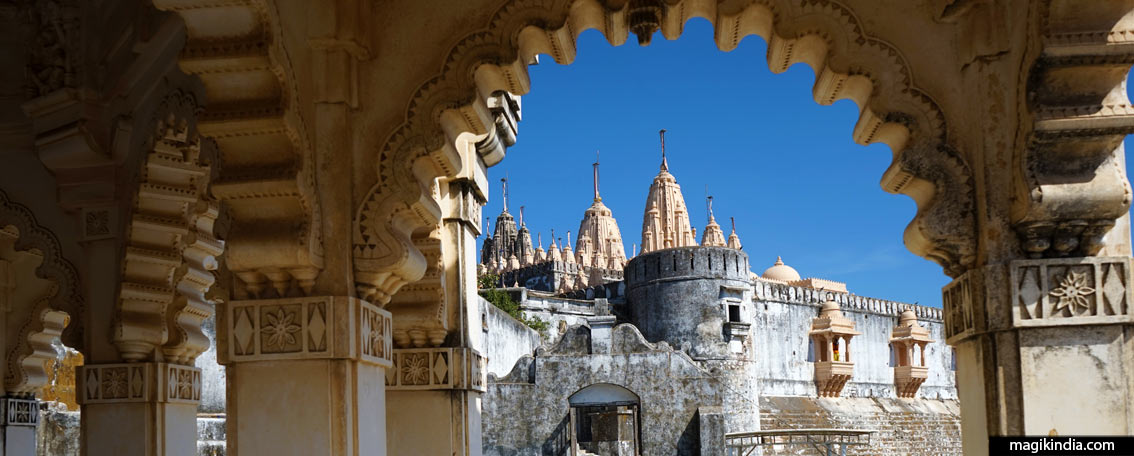

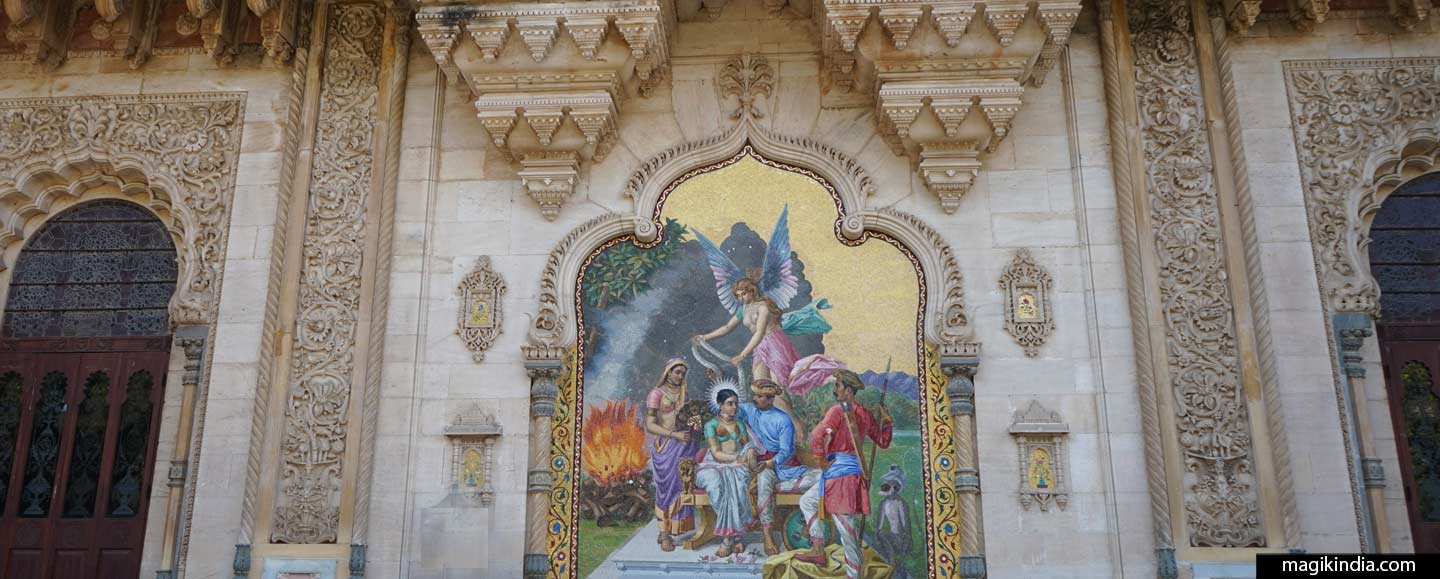
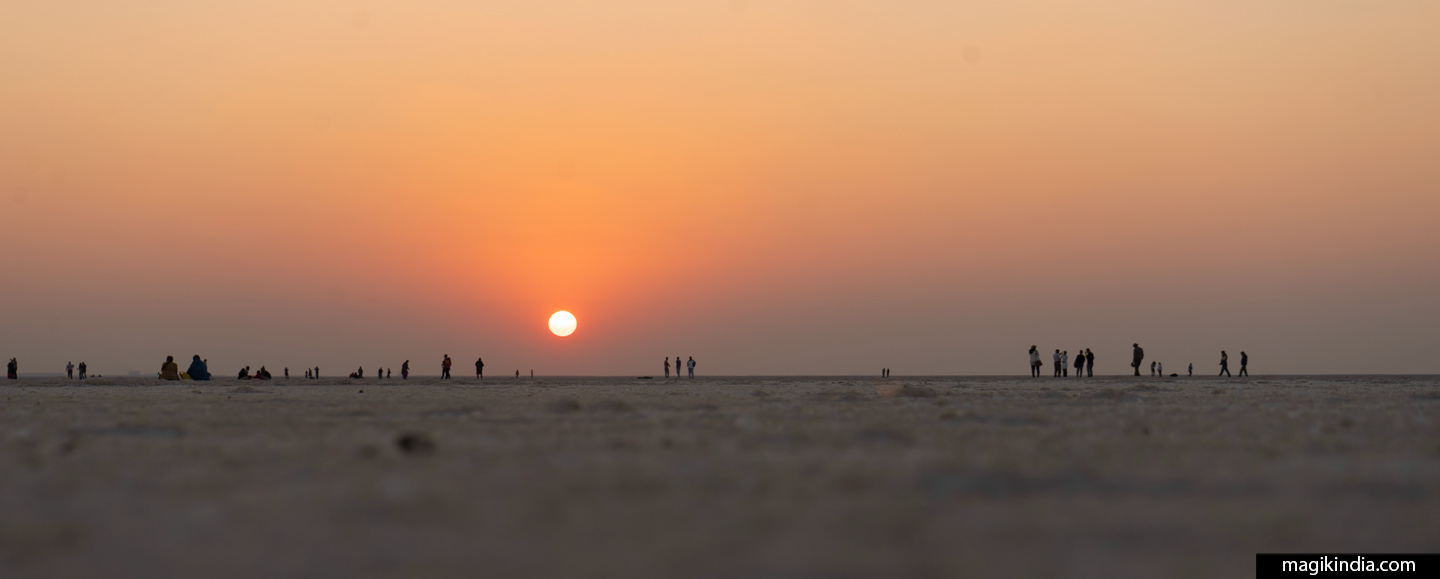
Were the Pavaiya Chauhans also there when the Khichi Chauhans ruled in 1484 before Pavagarh fell to Mahmud Begada.. any info? Plz share am dying to know..
Hi Ankit, thanks for your message. Actually I’m not sure the rajput Pawaiya Chauhan were at Champaner at that time. Only the Khichi branch is mentioned. Regards, Mathini
A walk through the History of Champaner and Pavagedh. Very well written and the pictures have truly justified your words.
Many thanks Ananthan.
A walk through the history of Champaner-Pavagadh. Very well written and the pictures have also added to the justification of your words